

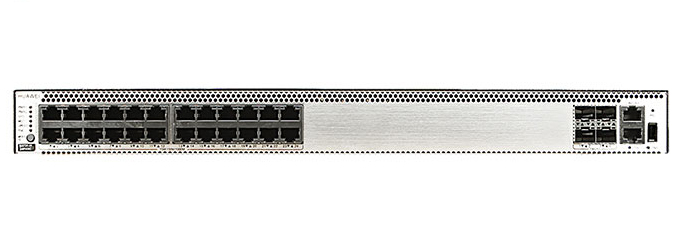




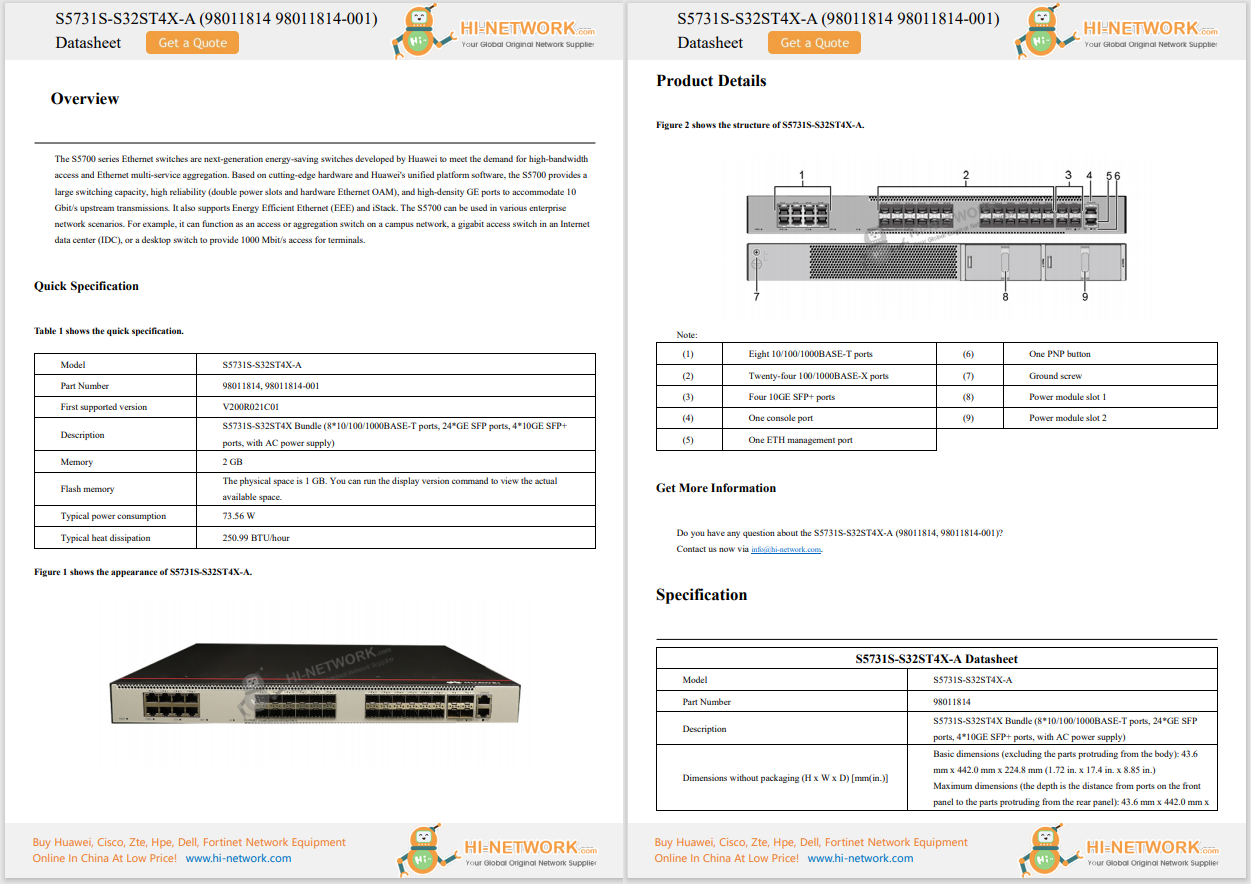


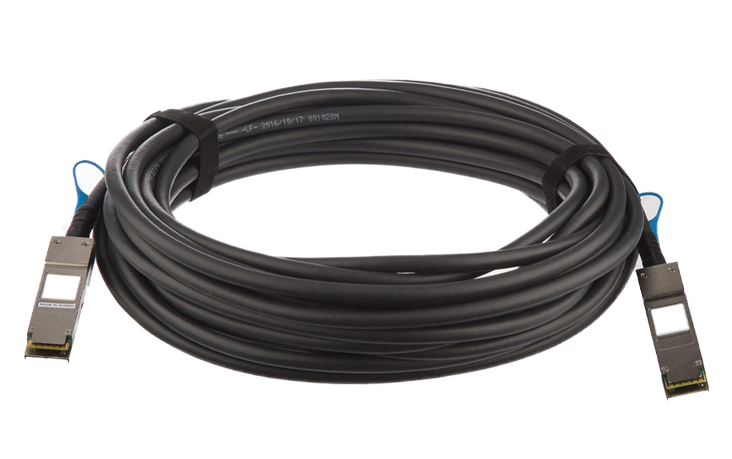
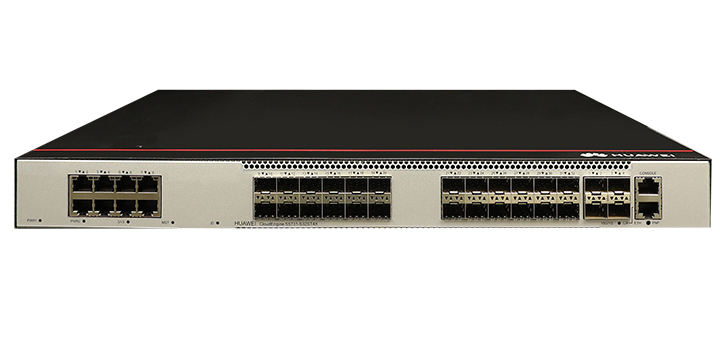



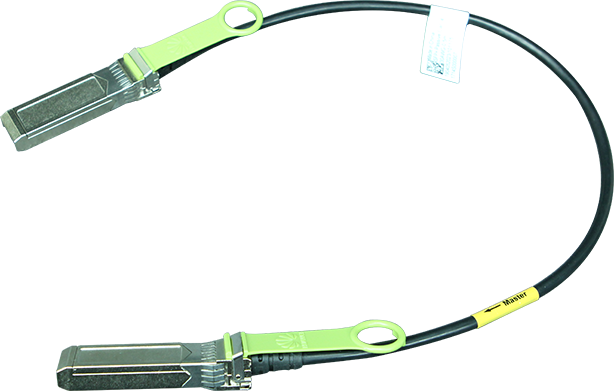
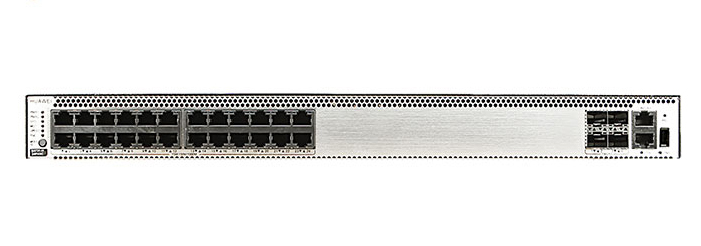



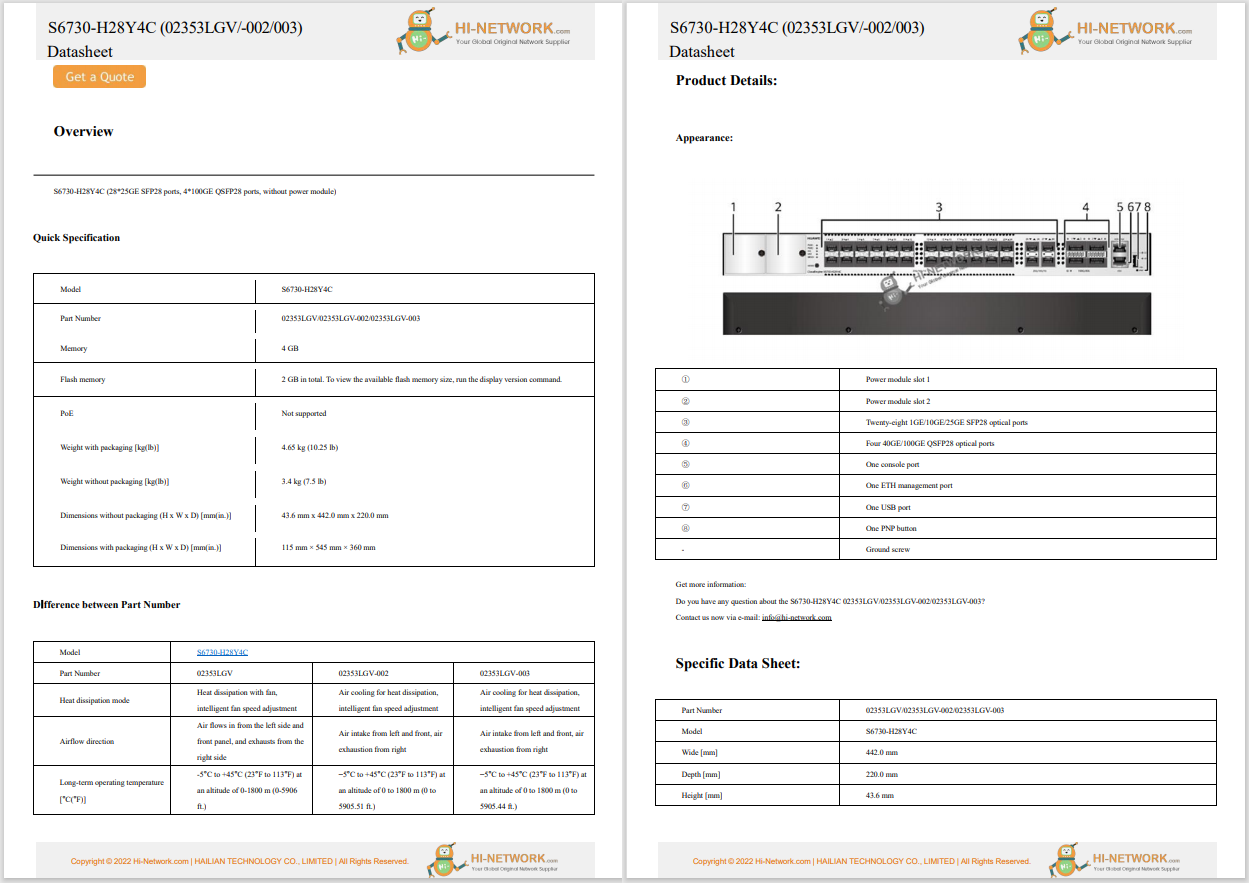

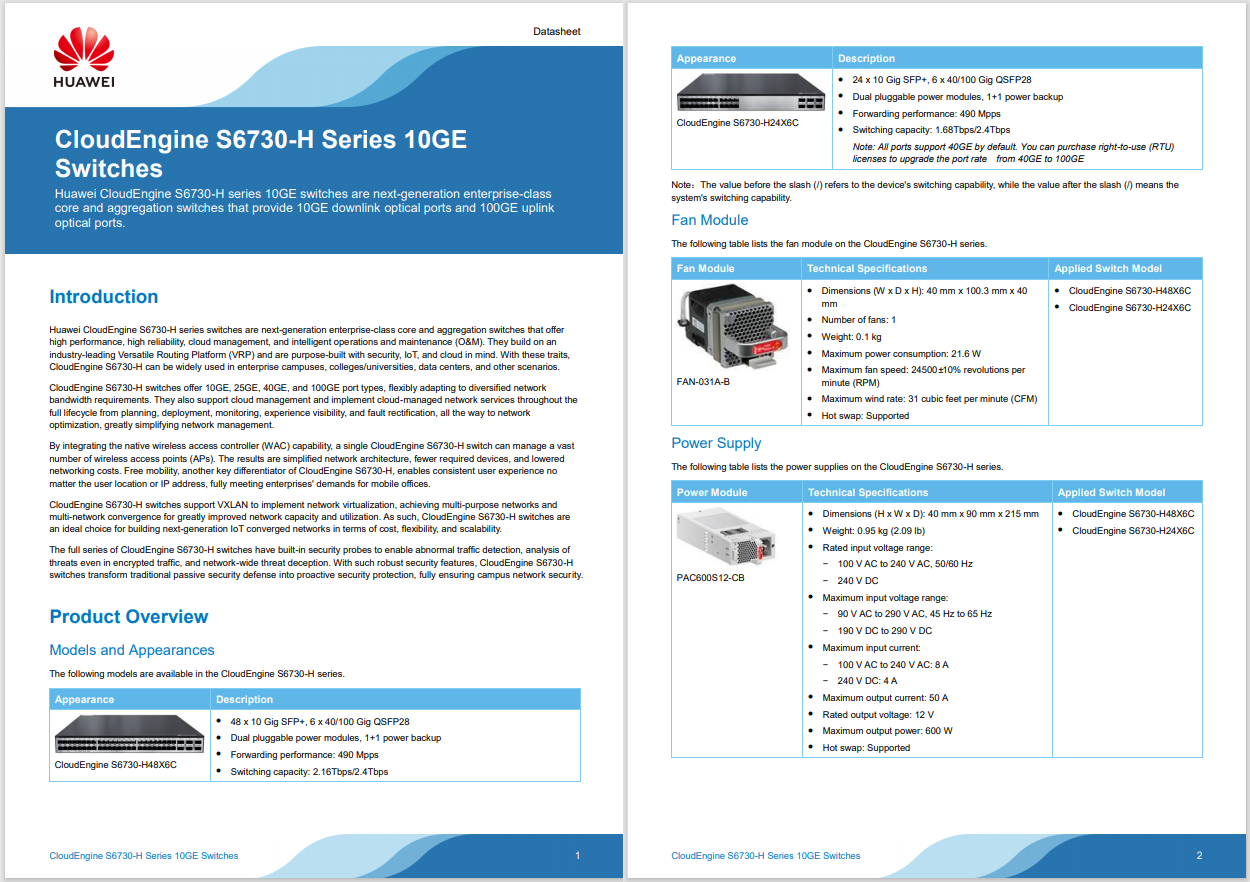
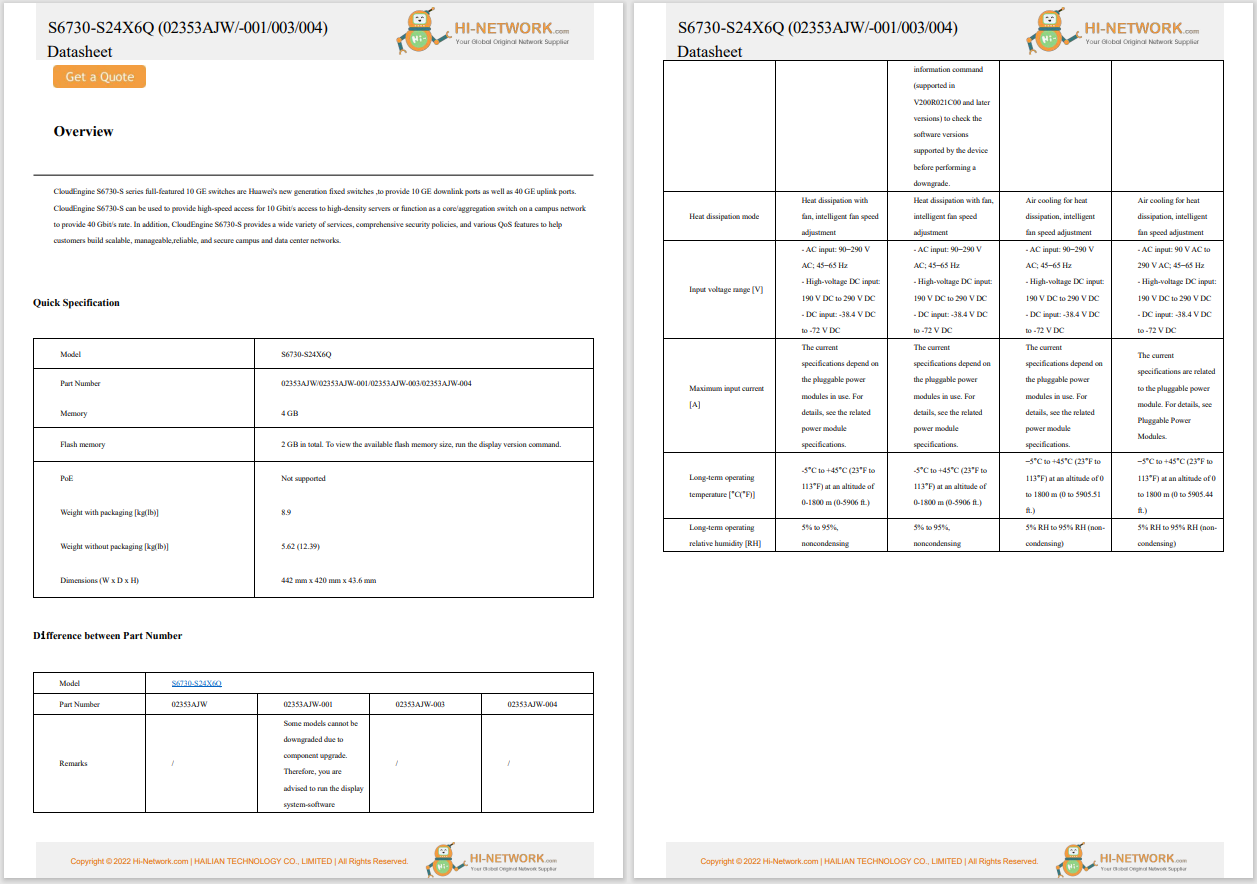

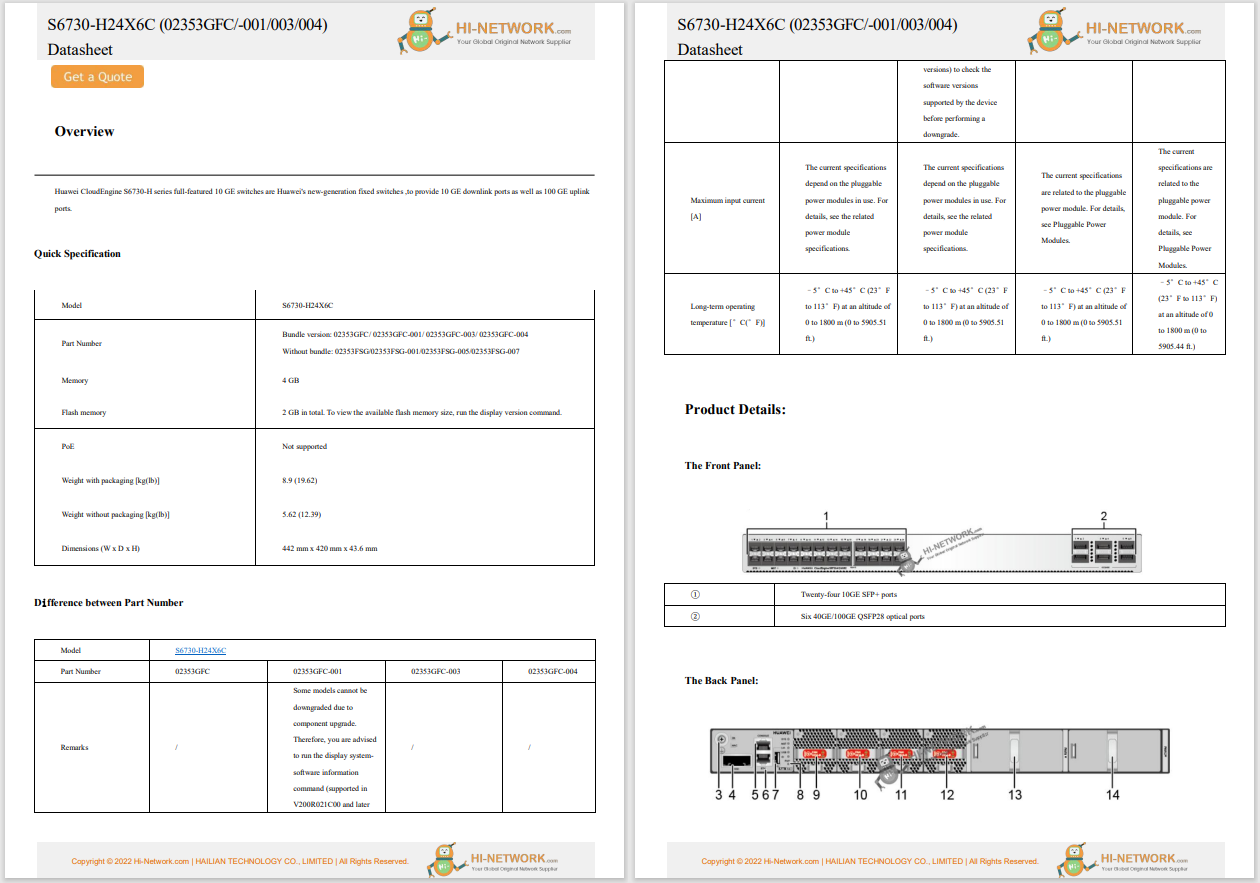

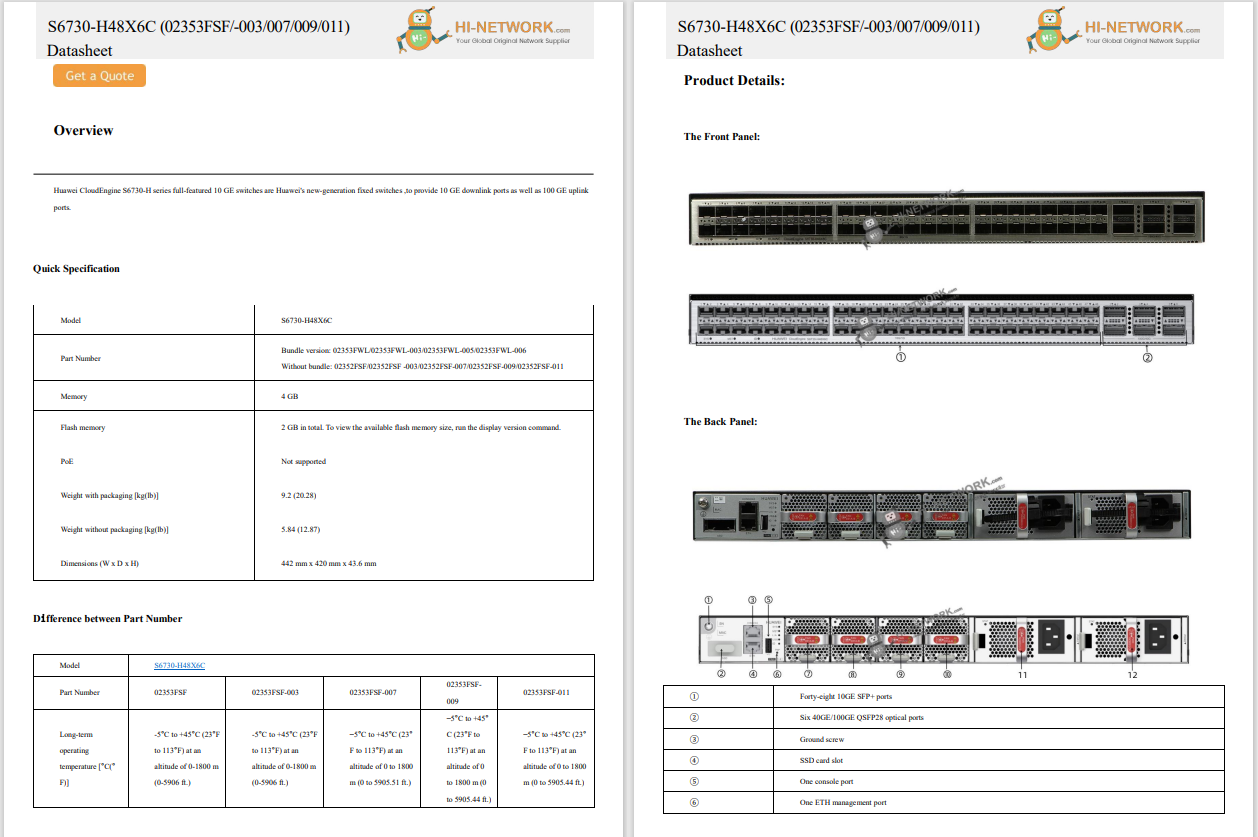





It took Microsoft long enough, but the company has finally open-sourced its Windows Subsystem for Linux (WSL) code. The announcement was made at the Build 2025 developer conference, closing a nearly nine-year-old request from the developer community, and signals a new era of collaboration between Microsoft and open-source contributors.
Also: Rust turns 10: How a broken elevator changed software forever
For those who don't know, WSL enables users to run Linux distributions natively within Windows. This process provides seamless integration between Linux distributions and their tools and Windows. Since its introduction at Build 2016 and subsequent release in the Windows 10 Anniversary Update, WSL has become indispensable for developers who need access to Linux utilities, command-line tools, and even graphical Linux applications, without leaving Windows.
So, why would anyone want this ability? Microsoft created WSL primarily to provide developers, especially web developers, open source programmers, and anyone deploying to Linux server environments a seamless way to run Linux tools and workflows directly on Windows.
Also: Believe it or not, Microsoft just announced a Linux distribution service - here's why
System administrators also welcomed the ability to manage Linux on Windows machines. The goal was to eliminate dual-boot setups or resource-intensive virtual machines (VMs), enabling users to run Linux command-line tools, utilities, and applications natively alongside their Windows software. By integrating Linux and Windows workflows, Microsoft aimed to make Windows a more attractive platform for developers who rely on Linux.
Microsoft has been very successful in achieving this goal. I predicted that 2020 would be the year of Linux on the Windows desktop. I was right. Today, millions of developers use WSL. While Microsoft hasn't released any numbers on its use, according to StackOverflow's 2024 developers survey, 16.8% of programmers use WSL for their work operating system. That number is more, by comparison, than those who use Debian, Arch, or Red Hat Enterprise Linux (RHEL). So, yes, WSL has become a big deal.
However, getting to this point wasn't easy. The first version, WSL 1, used a compatibility layer (lxcore.sys) to translate Linux system calls for the Windows NT kernel. This approach was, in a word, slow. Then, in 2019, WSL 2 introduced a full Linux kernel running in a lightweight virtual machine. This approach dramatically improved compatibility and performance. It also enables users to run graphical Linux interfaces and applications, not just shell applications.
Also: 5 factors steadily fueling Linux's desktop rise
With this new release, Microsoft has published the majority, but not all, of WSL's codebase on GitHub under the MIT License. This code release includes WSL's command line tools, such as wsl.exe, wslg.exe, and wslconfig.exe. Microsoft also open-sourced the WSL service (wslservice.exe), which runs VM management, distro booting, networking, and file sharing. Finally, the company has opened up the Linux-side daemons and init processes that handle networking, port forwarding, and other core features. Before this latest move, Microsoft had already open-sourced its graphics drivers for X Server and Wayland and its Linux kernel code.
A few components remain closed source, like the now obsolete lxcore.sys, the NT kernel driver powering WSL 1, and drivers enabling file system redirection between Windows and Linux.
Microsoft's open-sourcing of WSL code comes after years of people asking. Heck, the first issue filed on the WSL GitHub repository in 2016 asked, "Will this be open source?" That issue is now closed, with Microsoft stating, "WSL could never have been what it is today without its community. Even without access to WSL's source code, people have been able to make major contributions that lead to what WSL is now."
Also: I found an independent Linux distro that's easy to install - and comes with everything I need
According to Pavan Davuluri, Microsoft corporate VP for Windows, the move took a long time because of significant architectural changes to decouple WSL from the main Windows codebase.
Today, over a dozen popular Linux distributions are available on WSL, including Fedora, Debian, openSUSE, and Ubuntu. You can now run even popular, but a bit more obscure distros, such as Arch Linux and Kali Linux, on WSL 2.0. Or with enough RAM and a fast enough processor, several distros simultaneously, and Windows 10 or 11.
Want to know more about how WSL works? Hop over to the WSL GitHub site and dive in.
 Горячие метки:
Технологии и оборудование
Открытый исходный код
Горячие метки:
Технологии и оборудование
Открытый исходный код